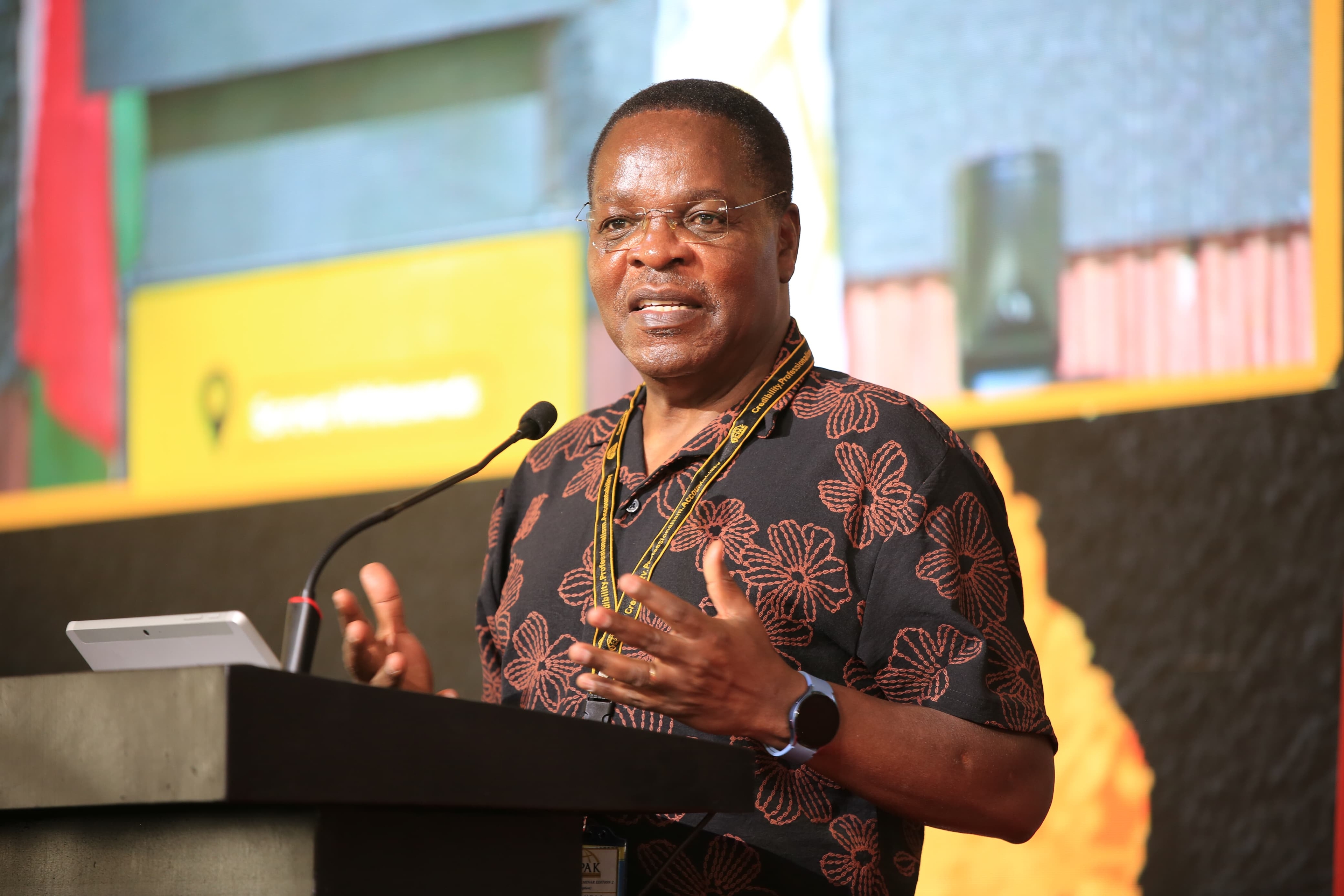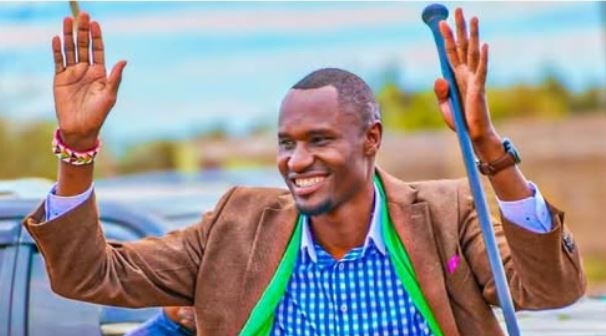

President William Ruto on Friday defended his administration’s multitrillion-shilling infrastructure agenda.
He insisted that the plan is realistic and will be rolled out immediately through private-public partnerships rather than borrowing or new taxes.
Speaking about the Sh5 trillion financing framework behind the infrastructure rollout, he called it achievable through “new thinking” that leverages existing assets, capital markets and privatisation.
“It is the mindset of small thinking that looks at this plan as unrealistic. I intend that by next year we should raise the first two and a half trillion," he said.
"I am not talking about five years. I am talking about next year."
According to the President, Kenya can raise the money by using innovative financial mechanisms, unlocking the value of public assets, and tapping both local and international markets.
“That is the kind of ambition that is going to move us from where we are to where we should be,” Ruto said.
Speaking during the launch of a major highway project, Ruto said the road marks a historic shift in how Kenya funds large infrastructure, describing it as the first major highway to be built fully under a PPP model.
He stressed that the project does not rely on loans, increased taxation, or reallocating funds from other developments.
“What we are doing today is very significant because it is the first major highway we are building in Kenya using a private-public partnership," he said.
"We are not borrowing money to build it, we are not taxing Kenyans, and we are not delaying other projects."
Ruto made the remarks during the launch of the Nairobi–Nakuru–Mau Summit and Nairobi–Maai Mahiu–Naivasha public–private partnership road projects
The President announced that his administration plans to construct nearly 2,500 kilometres of highways across the country, with more projects to be advertised starting January and February.
He listed Kiambu Road and the Northern Bypass among the priority corridors expected to move to procurement next year.
Ruto dismissed claims that the plan is overly ambitious or long-term, saying implementation has already begun.
“When I communicated the plan in Parliament, many people thought it was something for many years from now. No. This is a plan we are implementing from now,” he said.
He added that Kenya could transition into a first-world economy within 30 years if the strategy is fully executed.
“In my estimation, we should be able to move Kenya to a first-world economy in 30 years. If I get to 90, I should be able to see Kenya as first-world before I move on,” he said.
When he revealed the trillion-shilling plan during the State of the Nation Address in Parliament, Ruto said his administration will prioritise four pillars to turn the plan into a reality.
These include investing in the people, transforming the economy, generating additional energy and transforming the transport and logistics sector.
He said they are working to invest in the people through education, skills development, scientific training and innovation capacity.
"We have increased the education budget from Sh490 billion in 2021 to over Sh700 billion this year, which has facilitated better infrastructure in our education system, more teachers and trainers, and enhanced funding for our colleges and universities," he said.
On economic transformation, Ruto reiterated that the country must move from being a net importer to a net exporter of products, goods and services in a bid to save the nation from spending an average of Sh500 billion annually on agricultural products.
"We have already made interventions to reduce imports of maize, sugar, edible oil, rice and wheat, but our efforts are undermined by the natural limits of rain-fed agriculture," he said.
The third pillar, generating additional energy, remains a critical pillar in Ruto's administration to transform the country.
He noted that Kenya only produces 2,300 MW against a desired target of 10,000 MW.
He explained that this target would be key in modernising the economy by leveraging technology to transform key sectors.
The final pillar involved enhancing the transport sector by maintaining world-class seaports, airports, highways and digital corridors.
"Efficient transport and logistics are the backbone of our competitiveness," the president said.
"They accelerate national development, connect products to markets, move goods and services, lower the cost of doing business, and will reinforce Kenya as the aviation and commercial capital of East and Central Africa."
Ruto has continued to cite the successes of several Asian economies, including Singapore, South Korea, Japan and Malaysia, as examples Kenya can emulate through disciplined policy implementation, industrial growth, and improved productivity.

















